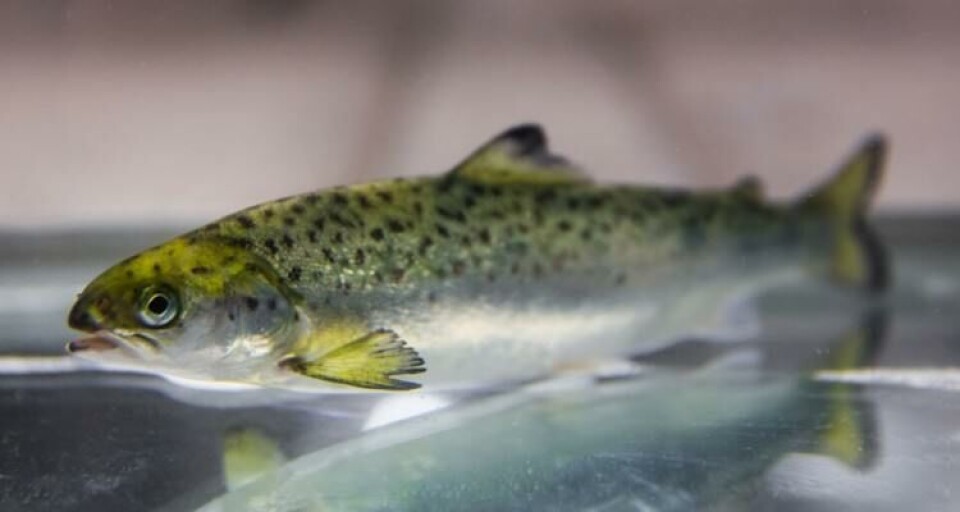
Fish welfare handbook ready within a month
A fish welfare handbook that has been a work in progress since 2015 is now ready for use on farms in Norway, and there should be an English language version within a month.
The manual will give farmers a tool to measure fish welfare at farms during various production operations, said Chris Noble, who has been the project manager for FISHWELL.
The results of the project, which has had financing of NOK 7 million from Norwegian funding co-ordinator FHF, were presented at the final day of the European Aquaculture Society conference in Dubrovnik, Croatia.
Only in Norwegian
"The manual is currently only available in Norwegian, but within a month we hope to have it in English as well," said Noble, a senior scientist with Nofima.
Although fish welfare has been well researched, much of the knowledge is spread across a wide range of sources, which may not be readily available to fish farmers and other end users.
"Information in the literature may also require evaluation and interpretation before it is suitable for use on a farm. Now the farmer has this information readily available, it must be implemented in production," said Noble.
Challenging task
He believes measuring fish welfare can be challenging, and that the tools available for this evaluation are not suitable for all species or all life stages.
To assess fish welfare today, we use so-called welfare indicators (WIs).
Welfare indicators suitable for farming are called operational welfare indicators (OWIs) or laboratory welfare indicators (LABWIs).
Practical indicators
"OWIs are practical indicators that are suitable for use on the farm and easily used in conjunction with daily operations. LABWIs require a sample to be sent to a laboratory, and the test results give the farmer a robust indicator of the welfare of the fish within a reasonable period," he explained.
The aim of the FISHWELL handbook is to provide the user with appropriate custom indicators - and tools for measuring the welfare of farmed salmon based on science.
To do this, the guide gives an up-to-date scientific "state of the art" about salmon welfare needs in different life stages and relates these needs of different welfare indicators. It then outlines the indicators in the welfare toolbox that are most appropriate to use in different farming systems or practices.
Risk factors or bottlenecks
"It can help salmon breeders to identify where their production is in relation to the specific welfare needs of the fish and allows them to identify areas where they exercise best practice but also identify practices, risk factors or bottlenecks that may adversely affect fish welfare."
- Noble describes the first section of the handbook as a reference work for salmon welfare.
- The second part contains user guides for different breeding systems such RAS, closed containment, open cage, etc.
- The third part is the user guide for various operations that happen during normal farming at sea.
A separate scoring system for injuries has also been developed.




















































